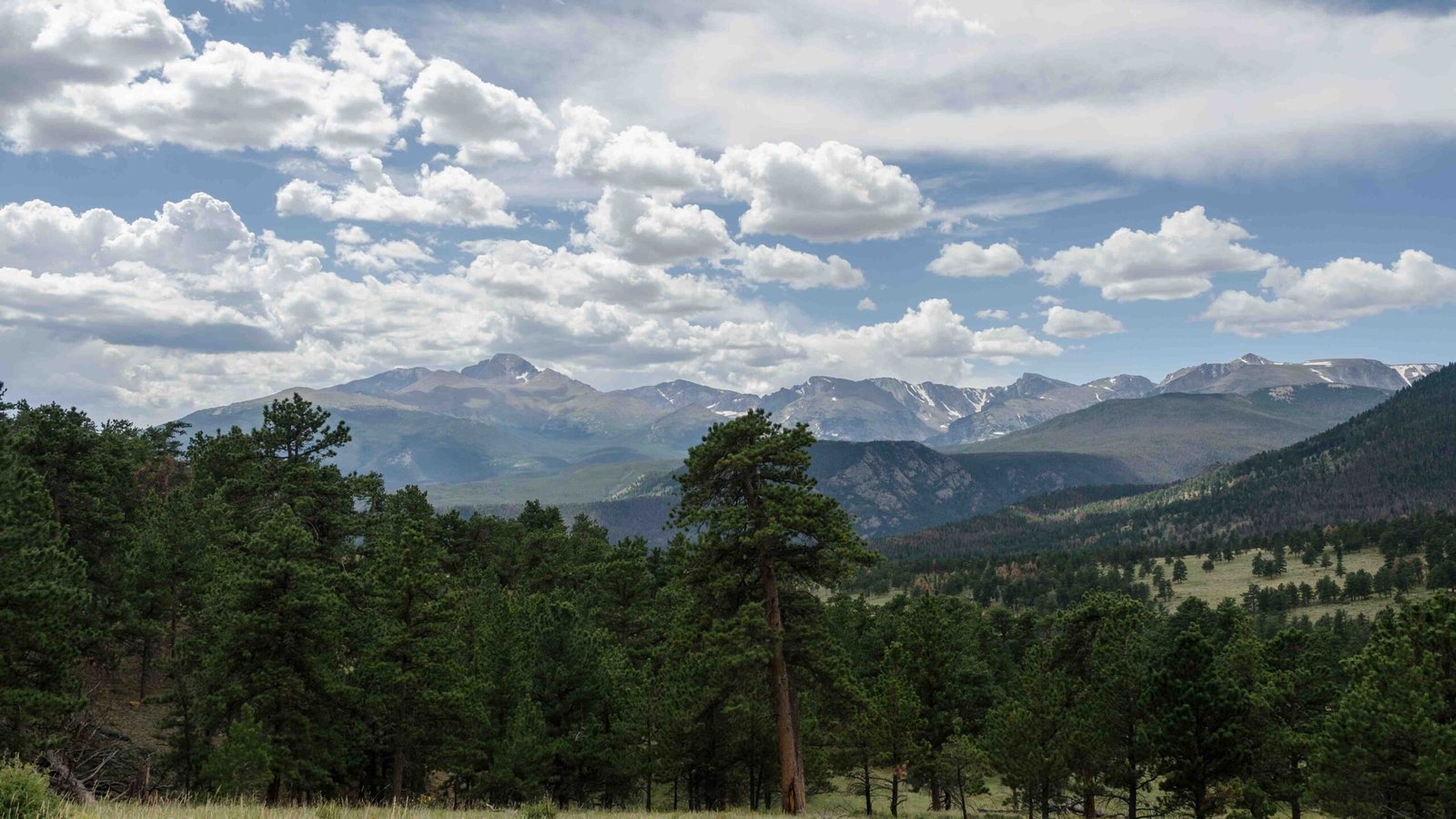The Poudre River in Rocky Mountain National Park is a pristine waterway that offers visitors a chance to experience the raw beauty of Colorado’s wilderness. Originating high in the park’s alpine tundra, this river flows through diverse ecosystems, providing opportunities for fishing, hiking, and wildlife viewing. The river’s journey through the park showcases stunning landscapes, from snow-capped peaks to lush forests, making it a focal point for outdoor enthusiasts and nature lovers alike.
What Makes the Poudre River Unique in Rocky Mountain National Park?

The Poudre River stands out as a remarkable feature of Rocky Mountain National Park due to its:
- Pristine headwaters originating in the park’s alpine tundra
- Diverse ecosystems it flows through, from high-altitude meadows to dense forests
- Rich wildlife habitat supporting various species of fish, mammals, and birds
- Scenic beauty that attracts photographers and nature enthusiasts
- Recreational opportunities including fishing, hiking, and wildlife viewing
How Can Visitors Access the Poudre River in the Park?

Accessing the Poudre River within Rocky Mountain National Park is relatively straightforward:
- Trail Ridge Road: The main access point is via Trail Ridge Road, which offers several pullouts and trailheads near the river’s headwaters.
- Poudre Lake: Located just off Trail Ridge Road, this is an easily accessible spot to view the river’s source.
- Hiking Trails: Several trails lead to various points along the river, allowing for more immersive experiences.
- Scenic Drives: Highway 14, which follows the Poudre River outside the park, provides additional access points and scenic views.
What Are the Fishing Regulations for the Poudre River?
Fishing in the Poudre River within Rocky Mountain National Park is subject to specific regulations:
| Regulation | Details |
|---|---|
| License Requirement | Valid Colorado fishing license for ages 16 and up |
| Permitted Gear | Artificial flies or lures only in catch-and-release waters |
| Hook Type | Barbless hooks required in catch-and-release waters |
| Bait Restrictions | No bait or worms allowed in catch-and-release waters |
| Children’s Exception | Ages 12 and under may use worms or preserved fish eggs in non-catch-and-release waters |
| Lead Sinkers | Use strongly discouraged |
What Types of Fish Can Be Found in the Poudre River?
The Poudre River is home to several trout species:
- Rainbow Trout
- Brown Trout (dominant species)
- Cutthroat Trout
- Cuttbow Trout (hybrid of rainbow and cutthroat)
These fish thrive in the cold, clear waters of the river, providing excellent opportunities for anglers.
What Are the Best Hiking Trails Along the Poudre River?
Several hiking trails offer access to the Poudre River within Rocky Mountain National Park:
- Trail Ridge Road to Poudre Lake Trail
- Difficulty: Easy to moderate
- Length: Varies
-
Features: Scenic views of the river’s headwaters and surrounding alpine tundra
-
Poudre River Trail
- Difficulty: Moderate to challenging
- Length: Varies (can extend into Comanche Peak Wilderness)
-
Features: Follows the river through diverse ecosystems
-
Chapin Creek Trail
- Difficulty: Moderate
- Length: Approximately 4 miles round trip
- Features: Access to Chapin Creek, a tributary of the Poudre River
Where Can Visitors Camp Near the Poudre River?
While there are no campgrounds directly on the Poudre River within Rocky Mountain National Park, several options are available nearby:
- Aspen Glen Campground
- Location: Near Trail Ridge Road
- Amenities: Basic facilities, picnic tables, fire rings
-
Reservation: Required through park system
-
Longs Peak Campground
- Location: Near the base of Longs Peak
- Amenities: Basic facilities, picnic tables, fire rings
-
Reservation: Required through park system
-
Backcountry Camping
- Location: Various sites throughout the park
- Permits: Required and obtained through the backcountry office
- Amenities: Minimal, leave-no-trace principles apply
What Wildlife Can Be Observed Along the Poudre River?
The Poudre River corridor in Rocky Mountain National Park is home to diverse wildlife:
- Large Mammals: Elk, moose, deer, black bears
- Small Mammals: Marmots, pikas, ground squirrels
- Birds: American Dipper, various raptors, songbirds
- Fish: Trout species visible in clear waters
- Insects: Various species, including aquatic insects important to the river ecosystem
Best times for wildlife viewing:
– Early morning and late afternoon
– Spring and fall for migrating species
– Winter for spotting tracks in the snow
Remember to maintain a safe distance from all wildlife and never feed animals in the park.
How Does the Poudre River Change Seasonally?
The Poudre River experiences significant seasonal changes:
- Spring (May-June)
- High water levels due to snowmelt
- Increased flow and potential for flooding
-
Challenging for fishing but spectacular for viewing
-
Summer (July-August)
- Water levels stabilize
- Ideal for fishing and hiking along the river
-
Busiest season for visitors
-
Fall (September-October)
- Lower water levels
- Beautiful fall foliage along the riverbanks
-
Excellent fishing conditions
-
Winter (November-April)
- Partially frozen river
- Limited access due to snow and ice
- Opportunities for winter photography and wildlife tracking
What Conservation Efforts Protect the Poudre River?
Several conservation initiatives aim to protect the Poudre River:
- Wild and Scenic River Designation: Portions of the river outside the park are protected under this federal designation.
- Park Management Policies: Rocky Mountain National Park implements strict regulations to preserve the river’s ecosystem.
- Catch-and-Release Fishing: Encourages sustainable fishing practices.
- Education Programs: The park offers programs to educate visitors about river ecology and conservation.
- Volunteer Opportunities: Park-sponsored clean-up and restoration projects.
By understanding and respecting these efforts, visitors can help preserve the Poudre River for future generations.
References:
1. https://coloradofishing.net/ft_poudre.htm
2. https://www.nps.gov/romo/planyourvisit/fishing.htm
3. https://www.nps.gov/thingstodo/fishing-in-rmnp.htm

